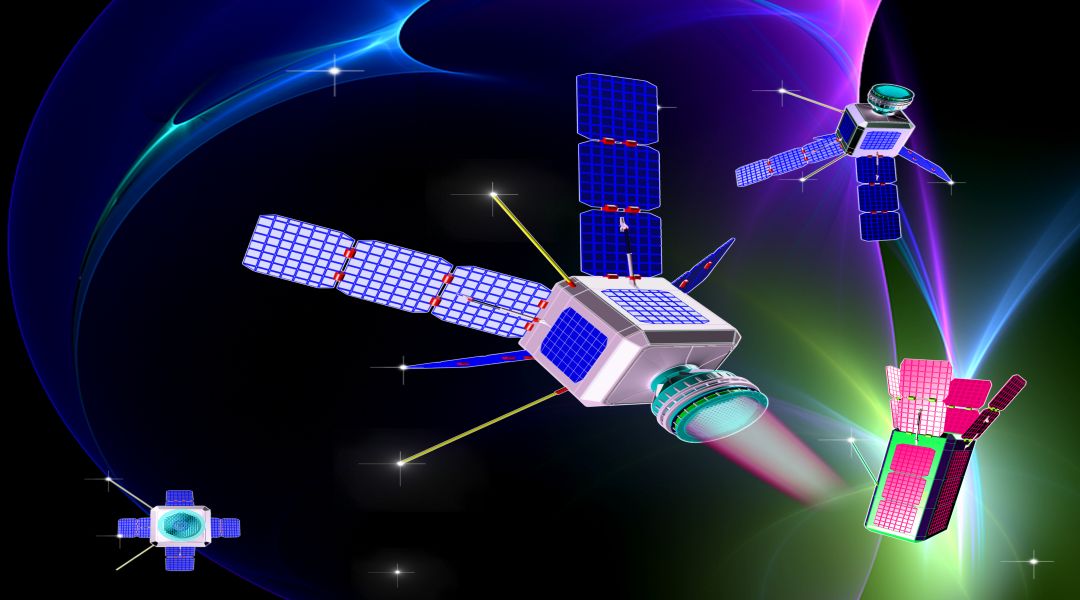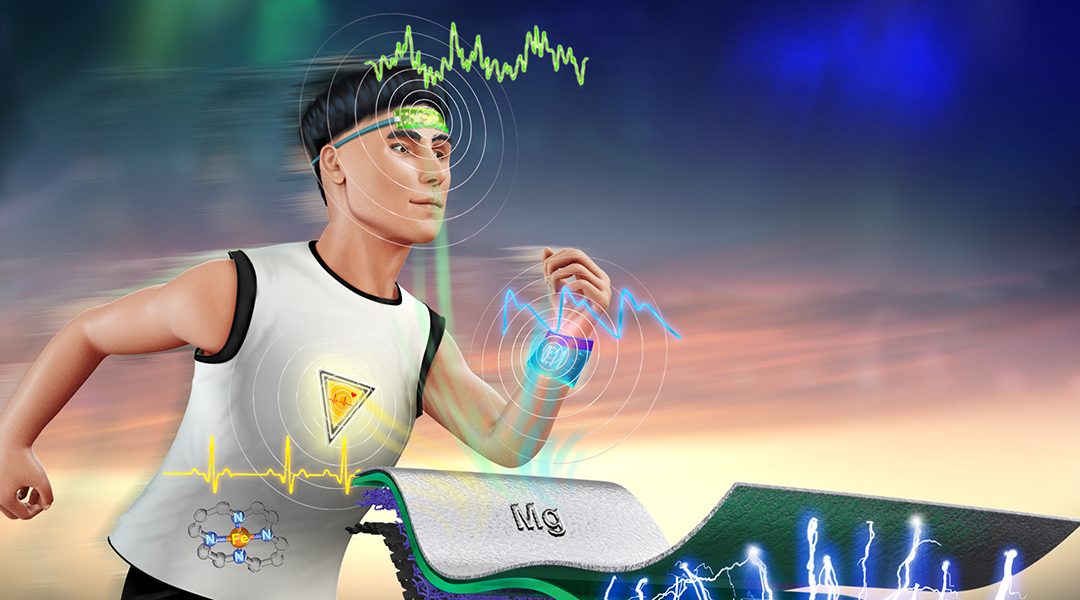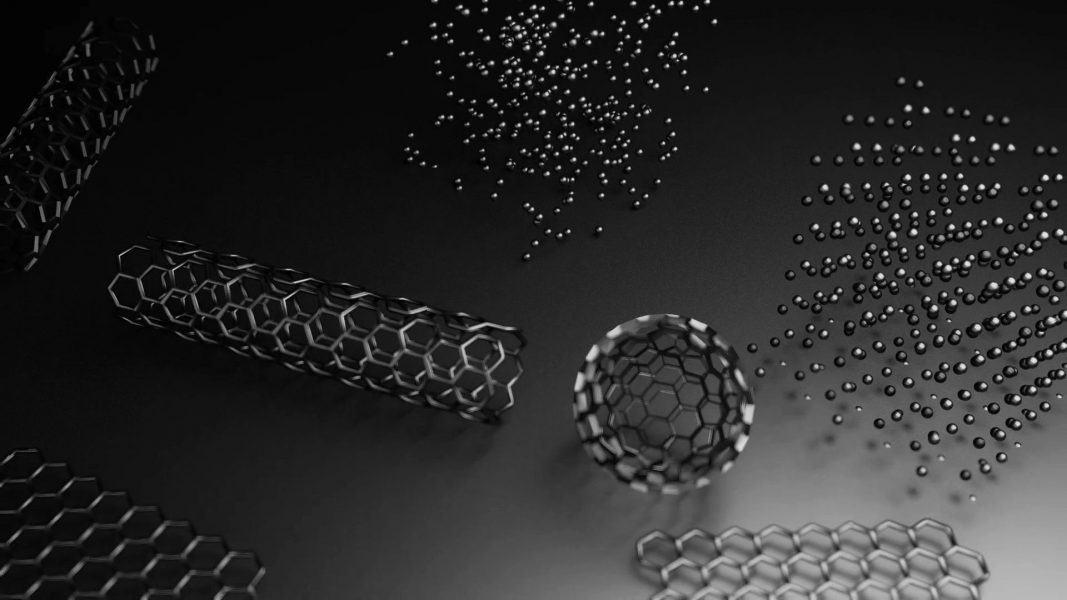Crowdsourcing is an essential source of tourism information, especially in the accommodation sector.


Crowdsourcing is an essential source of tourism information, especially in the accommodation sector.

Self-healing, adaptive, and multifunctional materials play a pivotal role in engineering next-generation spacecraft.

The Internet of Things is the result of the convergence of sensing, computing, and networking technologies, allowing devices of varying sizes and computational capabilities (things) to intercommunicate.

A new strategy to overcome the current limitation on sluggish reaction kinetics of the air cathode in Mg–air batteries from Dr. Chong Cheng and Prof. Rainer Haag at Freie Universität in Berlin.
![Sensing Force by Controlling Wettability [Video]](https://www.advancedsciencenews.com/wp-content/uploads/2019/01/smll201804006_ASN_image.jpg)
A novel strategy is presented for enabling mechanical responsiveness in field-effect transistors.

Sintering metal-organic decomposition inks at low temperatures for printed electronics applications.

A “butterfly” system of carbon nanotubes grafted with semiconducting polymers increases organic photovoltaic efficiency.

2-dimensional materials with suitable bandgaps that can serve as essential components for electronic devices.
![A Highly Sensitive Strain Sensor for Electronic Skins [Video]](https://www.advancedsciencenews.com/wp-content/uploads/2018/12/adfm201806786_ASN_image.jpg)
Laser direct writing is used to fabricate the sensor, eliminating the need for post-synthesis steps.

BMW Group, BASF SE, Samsung SDI, and Samsung Electronics launch a cross-industry project to enhance sustainable cobalt mining.